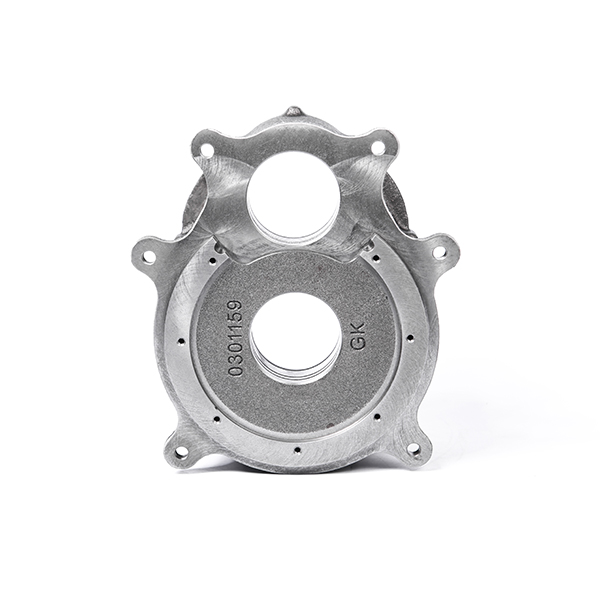Mobile:+86-311-808-126-83
Email:info@ydcastings.com
Understanding the Functionality of Drain Pipe Cap Ends in Plumbing Systems
Understanding Drain Pipe Cap Ends Functionality and Importance
In plumbing and drainage systems, various components work together to ensure the effective flow and management of water. Among these components is the drain pipe cap end, a crucial yet often overlooked element. This article explores what drain pipe cap ends are, their functions, importance, and considerations for installation and maintenance.
What is a Drain Pipe Cap End?
A drain pipe cap end is a fitting that is used to close the end of a drain pipe. Typically made from materials like PVC, ABS, or metal, drain pipe caps serve several purposes, from sealing off unused pipes to preventing debris and pests from entering the system. These caps can come in various sizes and shapes, depending on the type of drain pipe and the specific application.
Functions of Drain Pipe Cap Ends
1. Sealing Off Drainage Pipes One of the primary functions of a drain pipe cap end is to seal off pipes that are no longer in use. This prevents any potential leaks that could lead to water damage or mold growth in the surrounding areas.
2. Preventing Infiltration By capping the ends of pipes, homeowners can prevent insects, rodents, and debris from entering the drainage system. This is vital for maintaining a healthy plumbing system and avoiding blockages that might result in costly repairs.
3. Water Management In some situations, drain pipe cap ends can be strategically placed to manage the flow of water, directing it towards specific areas or systems. This is particularly important in irrigation and drainage systems where proper water management is essential for landscaping and agricultural purposes.
4. Inspection Access Certain drain pipe caps come with removable options that allow for easy access during inspections or maintenance. This feature is beneficial in plumbing systems to ensure that everything is functioning correctly and to perform routine checks without significant dismantling.
Choosing the Right Drain Pipe Cap End
drain pipe cap end

When selecting a drain pipe cap end, several factors should be considered
- Material Compatibility Ensure that the material of the cap is compatible with the type of pipe being capped. For instance, use PVC caps on PVC pipes to maintain consistency and integrity.
- Size and Fit Measure the diameter of the pipe accurately to choose a cap that fits snugly. An ill-fitting cap could lead to leaks or may not serve its intended purpose effectively.
- Purpose Determine if the cap will be permanent or temporary. For long-term usage, a more durable cap may be necessary, while a temporary cap may allow for adjustable or removable options.
Installation and Maintenance Considerations
Installing a drain pipe cap end is often a straightforward process that can be performed by a knowledgeable DIY enthusiast or a professional plumber. It usually involves cleaning the pipe's end, applying solvent cement (if required), and securely affixing the cap.
Maintenance does not require frequent intervention; however, periodic checks can ensure that caps remain secure and intact. Additionally, if a cap shows signs of wear or damage, it should be replaced promptly to maintain the efficiency of the drainage system.
Conclusion
In summary, drain pipe cap ends are small yet essential components in drainage and plumbing systems. They serve critical functions, including sealing unused pipes, preventing infiltration, managing water flow, and providing inspection access. By selecting the appropriate cap and conducting regular maintenance, homeowners can enhance the longevity and efficiency of their plumbing systems. Understanding these components can prevent costly plumbing issues and ensure a well-functioning drainage system.
-
Why Should You Invest in Superior Pump Castings for Your Equipment?NewsJun.09,2025
-
Unlock Performance Potential with Stainless Impellers and Aluminum End CapsNewsJun.09,2025
-
Revolutionize Your Machinery with Superior Cast Iron and Aluminum ComponentsNewsJun.09,2025
-
Revolutionize Fluid Dynamics with Premium Pump ComponentsNewsJun.09,2025
-
Optimizing Industrial Systems with Essential Valve ComponentsNewsJun.09,2025
-
Elevate Grid Efficiency with High-Precision Power CastingsNewsJun.09,2025











